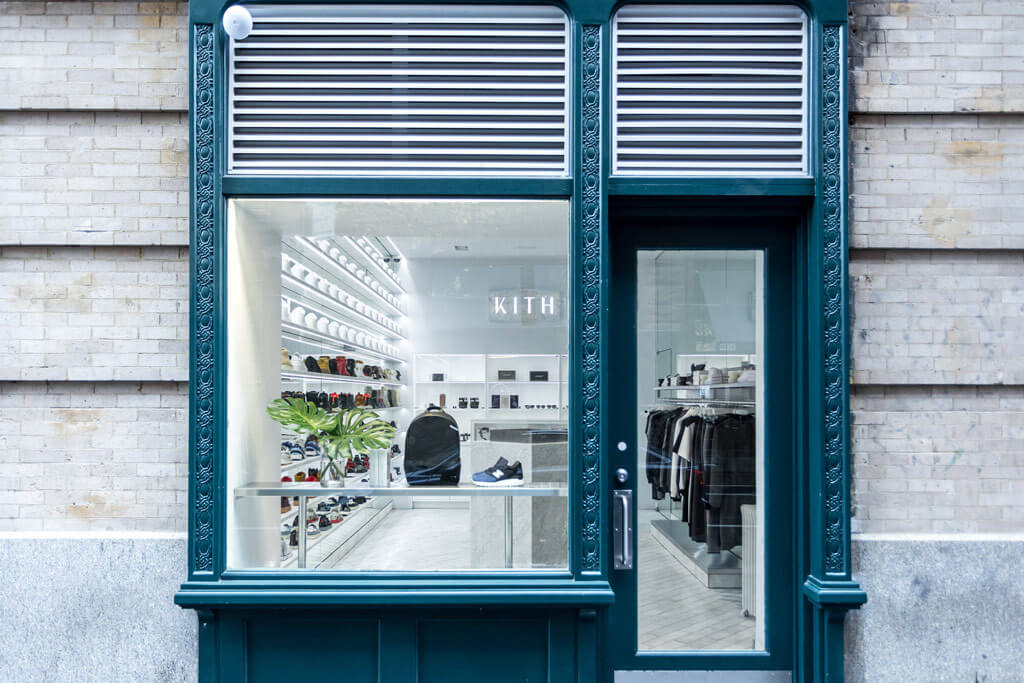![]()
It isn’t easy for small retailers to stay competitive in today’s challenging market. These stores stand out for their growth agendas. Pic from FN
Source: How These Independent Retailers Are Distinguishing Themselves | Footwear News
When I say big brands I’m not talking the traditional powers of Nike and Adidas. I’m looking directly at the second tier players of Saucony, UAS (Under Armour Sports) and Asics. Interestingly enough the smaller players like Clae and Greats Brand both have already delved into the concept and they are benefiting from having a multi-channel option available to consumers.
What concept am I addressing? The Boutique experience. When you consider that a company like Warby Parker is actually benefiting from moving from pureplay to brick and mortar + e-commerce, the benefits become clear. Take Saucony for instance. The brand as a part of the Wolverine Worldwide has been trading heavily this year. This is due to its low this past year of 14/share and it’s high of 25/share. While the company did meet revenue goals, this heavy fluctuation is not beneficial to the company. Somewhere there has to be a plan in place with WWW to show shareholders that the shares will not take another nose dive.
If we only analyze the Saucony portion of WWW and look at the reach of the brand as one of the factors in the up and down nature of the stock price, an easy fix is looking at small big cities and considering connecting to the commissions in those cities to add small boutiques. Consider that the average digital marketing campaign for a shoe company like Under Armour is about 250 million, you can assume Saucony is probably at a tenth of that price so let’s guess at 2.5 million. If Saucony looked at a city like Memphis, Detroit, St. Louis or Cleveland and other areas that are currently rebuilding their downtowns, they could literally land a location for around 15,000 per year. They could utilize a skeleton crew for those locations of 1-3 people at 100K (50K manager, 25K two part timers) and then build the store out for 10K and that store could operate both online and retail and generate 500K per store.
This is particularly true for a brand like Under Armour and its UAS line which is made for the boutique experience. Check out the source link above to read more about the success of the boutiques listed. I think this is a good concept and easily manageable for the mid tier brands.

